Methods of Optimizing Boiler Efficiency and Reducing NOx Emission
The article explores NOx pollution from fossil fuel combustion, advocating Flue Gas Recirculation (FGR) for up to 50% reduction. It highlights sources, FGR benefits, and
Home / Clean Combustion / Page 5
It goes without saying that in this progressive world where we live, environmental challenges such as climate change, global warming, greenhouse gas emissions, and air quality issues have increased the demand to improve the combustion process. From long ago since today, Nitrogen and carbon oxides in combustion products of fossil fuels enter the atmosphere, causing smog, acid rain, global warming, and ozone layer destruction.
Extensive innovations are underway to develop zero carbon technologies with applications in the energy, heat, industries, and transportation sectors. Furthermore, the combustion industries are expanding using Low NOx and Ultra Low NOx technologies. The main parameters related to NOx formation reactions include combustion temperature, oxidant concentration, and the duration of its presence in the high-temperature combustion zone. Any changes in these parameters lead to a decrease or increase in NOX formation.
However, the combustion temperature is reduced through geometry optimization, exhaust gas recirculation, and water or steam injection. Therefore, clean combustion can be achieved by using Low NOx burners, alternative fuels such as hydrogen fuel, biomass, and various types of renewable energy on the one hand, and carbon capturing in combustion processes on the other. Changing the supply of energy from fossil fuel sources to clean renewable energies still has limitations due to access to advanced technologies, reliability, and cost; therefore, developing new techniques to achieve «clean combustion» of fuels is still not possible. Fossil is appreciated.
Today, the manufacturers of industrial burners have turned to modifying existing systems and developing new techniques in production burners by applying strict regulations according to global standards to reduce the emissions caused by combustion. New techniques have been presented with the aim of flame type variability, burner design, and fuel and oxidizer mixing flexibility. Combustion and propagation of various types of flames are presented, including non-premixed, premixed, flameless combustion, CDC colorless distributed combustion, MILD combustion, and oxyfuel burners. Also, hydrogen-enriched combustion and fuel variability technique is another technology presented.
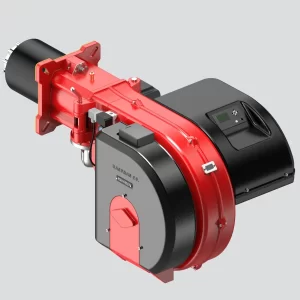
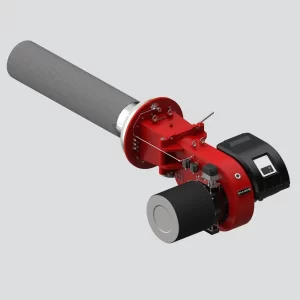
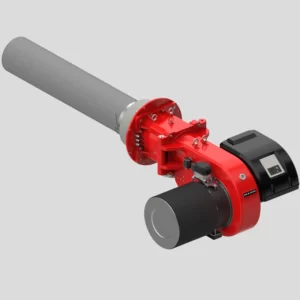
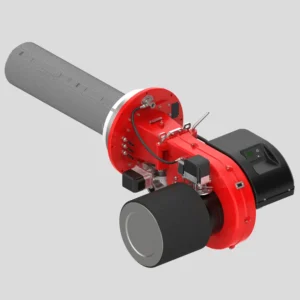
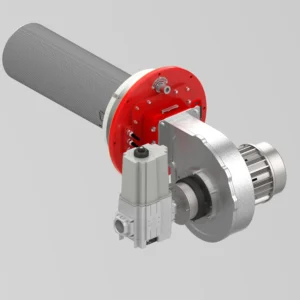
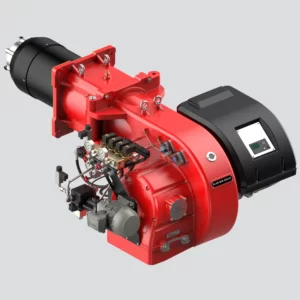
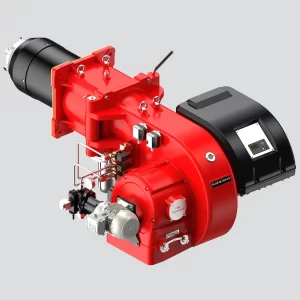
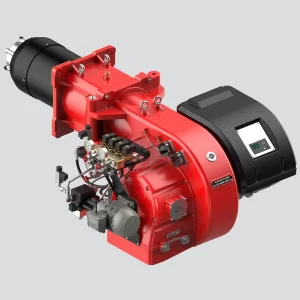
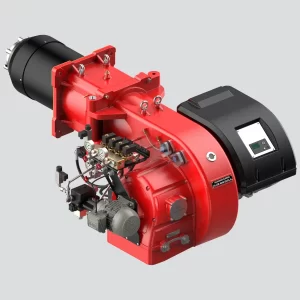
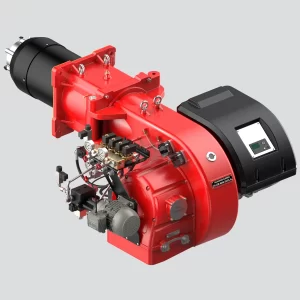
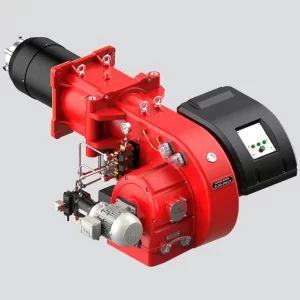
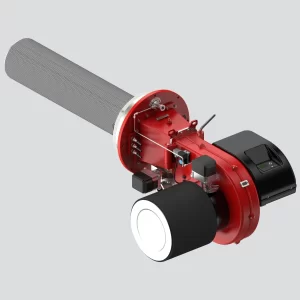
The article explores NOx pollution from fossil fuel combustion, advocating Flue Gas Recirculation (FGR) for up to 50% reduction. It highlights sources, FGR benefits, and
During the last century, Nitrogen oxide emissions, called NOx, have constantly been increasing. Due to the destructive effects of nitrogen oxides on the health of
The «furnace industry» and products determine the type of flame contact. In many heat treatment processes, where the combustion gases must not come into contact
PACKMAN Company was established in February, 1975. The company has started its activity in the field of producing High-Pressure Vessels such as Hot-Water Boilers, Steam Boilers, Pool Coil Tanks, Softeners and Heat Exchangers since 1984.
Newsletter